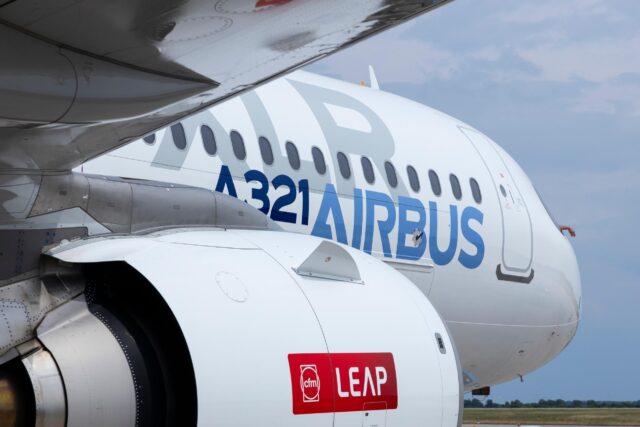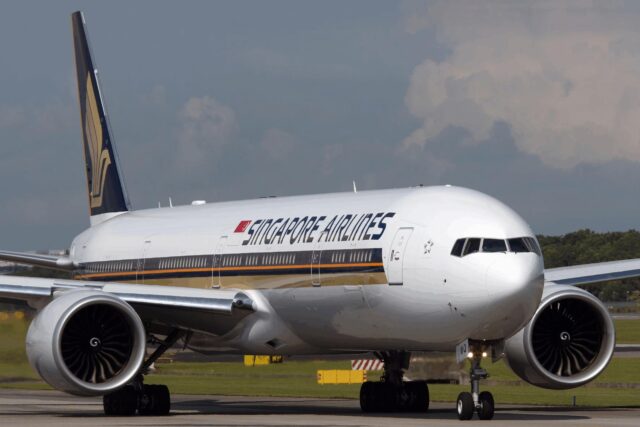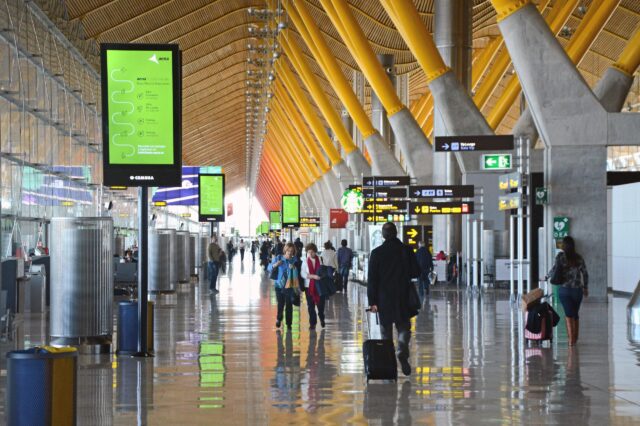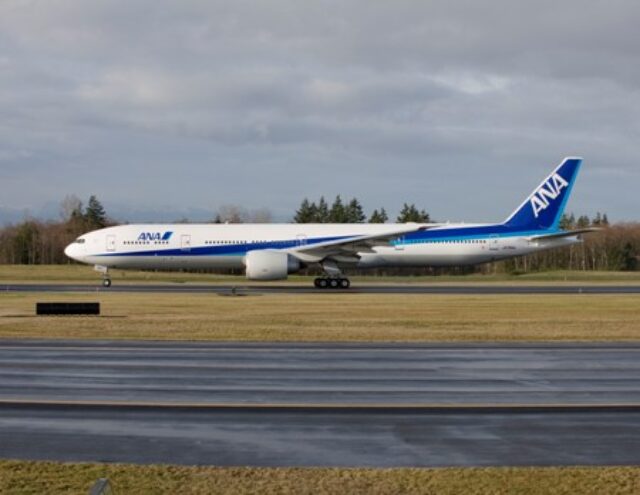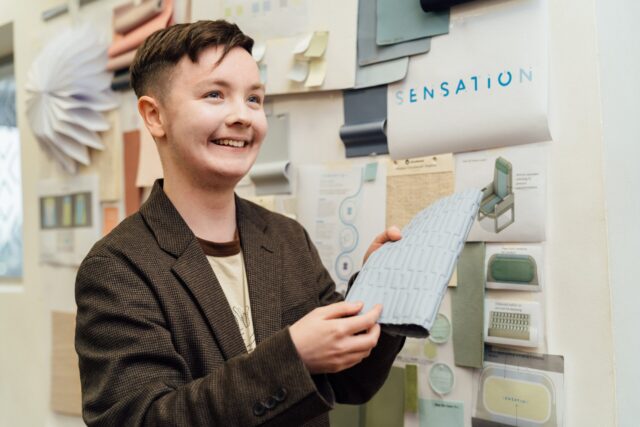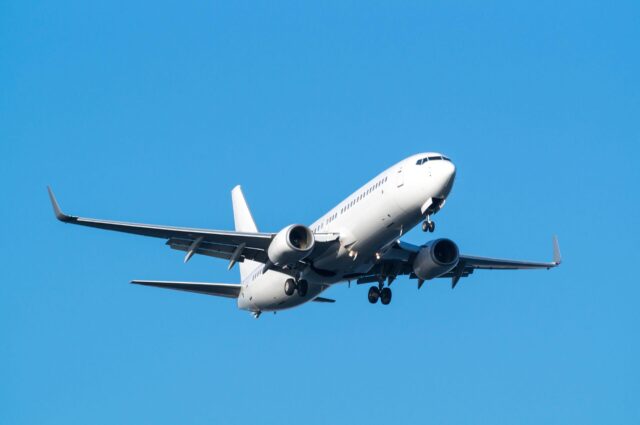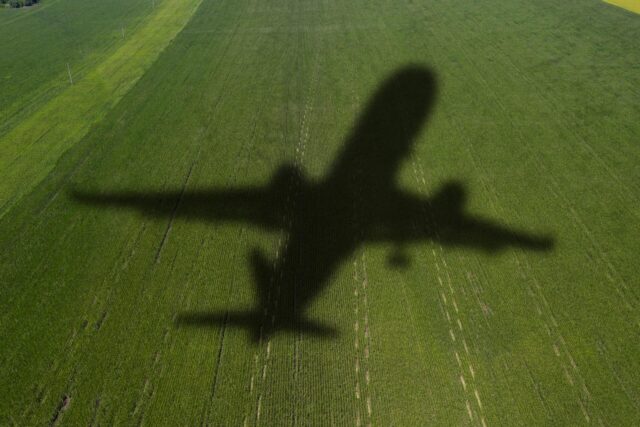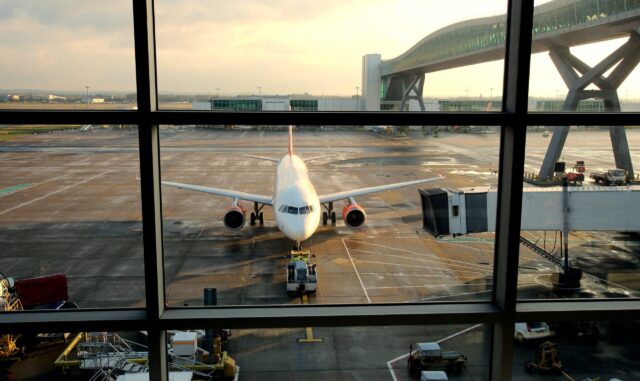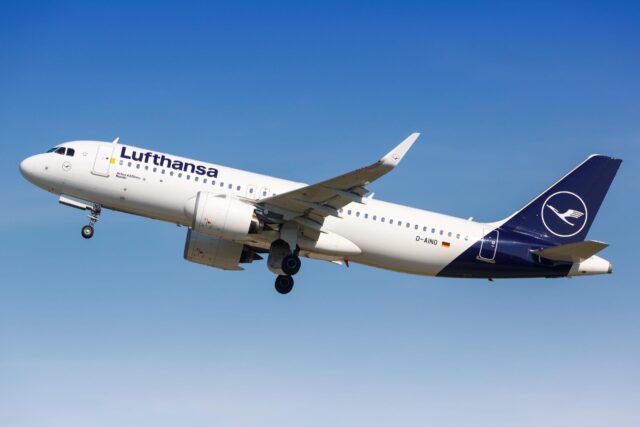As HERON project wraps up, where does this leave Airbus’ Taxibot?

July 4, 2025

Airbus’ push to deploy hybrid-electric Taxibots is being hailed as a milestone in aviation’s transition to low-emission ground operations.
While the Airbus-led Highly Efficient gReen OperatioNs (HERON) project is currently winding down ahead of its closure at the end of 2025, one of its legacies is the development of the French OEM’s Taxibot. Promising dramatic cuts in fuel use and carbon emissions during taxing, the hybrid-electric pilot-controlled ground tug has been trialled at a handful of airports including Amsterdam Schiphol, New York’s JFK, New Delhi, Paris Charles de Gaulle and Brussels.
The French manufacturing giant has confirmed that with certifications now complete for the small modifications to an aircraft’s avionics bay to enable the tug to be attached, the Taxibot is now available to Airbus single-aisle aircraft in retrofit. Low-cost carrier, easyJet, intends to conduct a trial this year at Schiphol Airport, in line with the airport’s ambition to become a net zero airport by 2030.

How does the Taxibot cut emissions?
Unlike traditional taxing, which relies on an aircraft burning jet fuel while queuing on the tarmac, Airbus’ hybrid-electric Taxibot can pull single-aisle aircraft between a remote stand and the runway without using the aircraft’s engines. By cutting unnecessary fuel burn, this leads to a reduction in CO2 and NOx emissions as wall as noise pollution.
The Taxibot is clamped to the aircraft nose landing gear and then the nose wheel is raised onto a pivotable platform, enabling the pilot to remain in control of steering and braking via the aircraft tiller. Taxibot’s driver only connects the tug to the aircraft and carries out pushback, before the pilot takes control. The engines then spool up just before takeoff.
According to Schiphol Airport, the wide-scale adoption of Taxibot could lead to typical ground fuel savings of around 50%. Impressively, this could increase up to 85% on longer taxi routes, slashing both CO2 and NOx emissions.
What’s next for Airbus’ Taxibot?
Airbus is currently developing a fully electric tug, which it says will be added to the Taxibot offering by 2026, while a widebody model is also in the pipeline. Efforts are also underway to train more pilots to use the Taxibot, while trials are ongoing to further integrate the tug into airport operations and better engage with pilots, ground handling crews and air traffic controllers.
As aviation faces growing regulatory and public pressure to meet net-zero targets, airports are increasingly under strain to decarbonise operations and particularly those on the ground which contribute significantly to an airports’ emission footprint. Ground-based innovations such as the Taxibot have a key role to play in the short to mid-term.
With the HERON project winding down this year, the focus now turns to scaling Taxibot adoption across global fleets, updating airport infrastructure, and integrating these greener pushback and taxiing methods into standard operational practice.
Part of the Single European Sky ATM Research (SESAR) Joint Undertaking, the HERON project’s aim is to demonstrate how aviation’s environmental footprint can be reduced through efficient ground operations and optimised air traffic management. As well as Airbus, HERON’s 24 partners include Aeroports de Paris, Air France, Brussels Airport Company, easyJet, Eurocontrol, Leonardo, Lufthansa and Schiphol Airport. Collectively the partners represent the full aviation ecosystem, including airlines, airports, air traffic control agencies and service providers.
